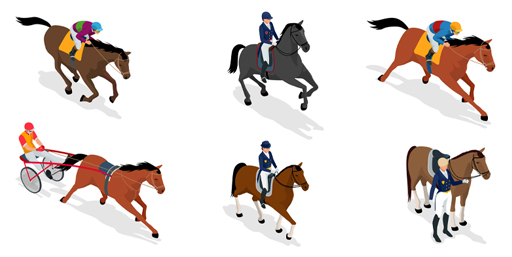3.1 ‘Horses for courses’: thinking about audiences

If beneficiaries of research are thought about as audiences for the research findings, it is helpful to think about how best to communicate with each audience.
Activity 4 Forms of dissemination
Think about the following audiences and choose which form of dissemination might be useful and appropriate. Choose two forms from the drop-down you think are most suited for each audience.
Forms of dissemination:
- A short report – with key data presented and recommendations
- A full report – in an agreed format
- A workshop – in which the data is shared and explored with the audience
- An advice leaflet – to share with carers/parents/guardians
- Activities – designed to illustrate the findings of the research practically
- A recorded slideshow – explaining the findings and their significance.
Discussion
These are not the only forms of dissemination that can be used, but whichever type of dissemination format is used, there will be issues to consider around how the information is to be communicated.
Things to consider include:
- the language used needs to be understandable to and appropriate for the particular audience
- the content needs to be accessible
- choosing whether to use graphical or visual representations and, if so, what type
- how to illustrate the findings in both theoretical and practical ways
- being clear about what can be claimed more or less tentatively
- how to find out if the findings are thought to be useful to the audience.
